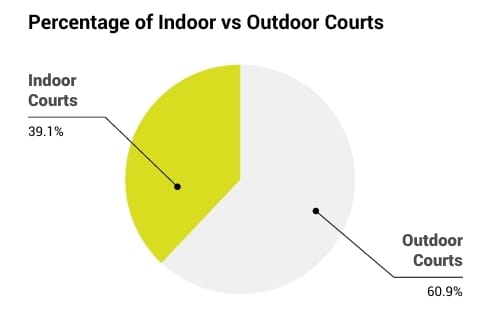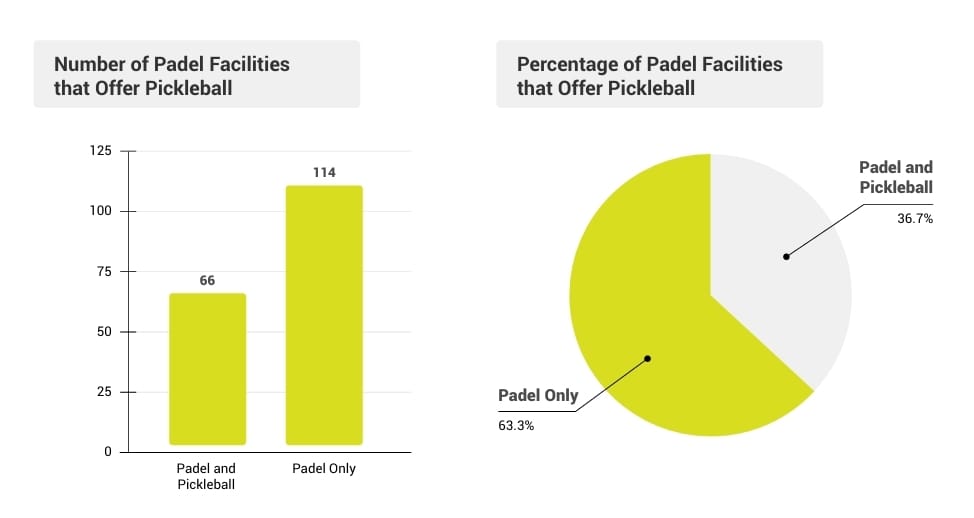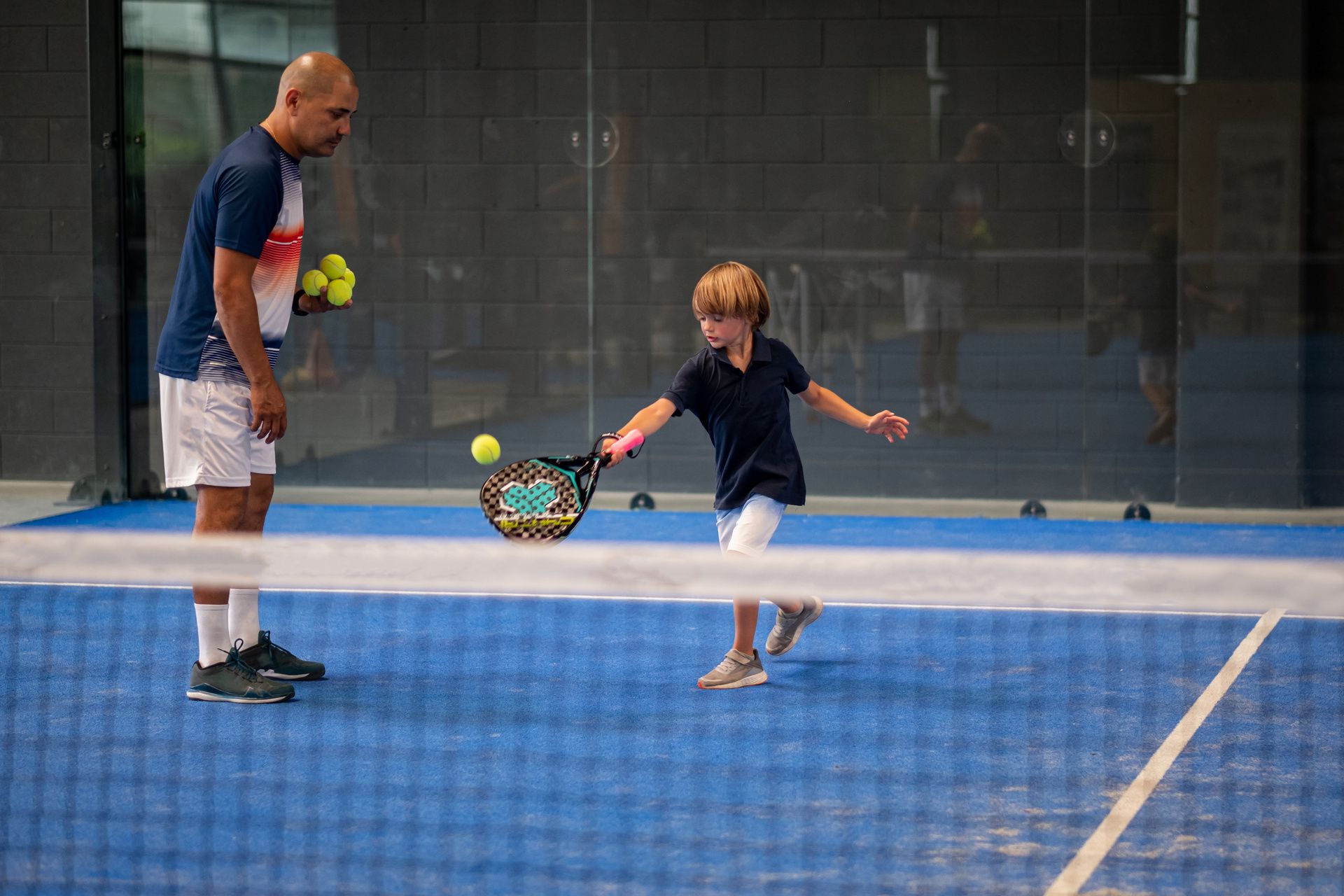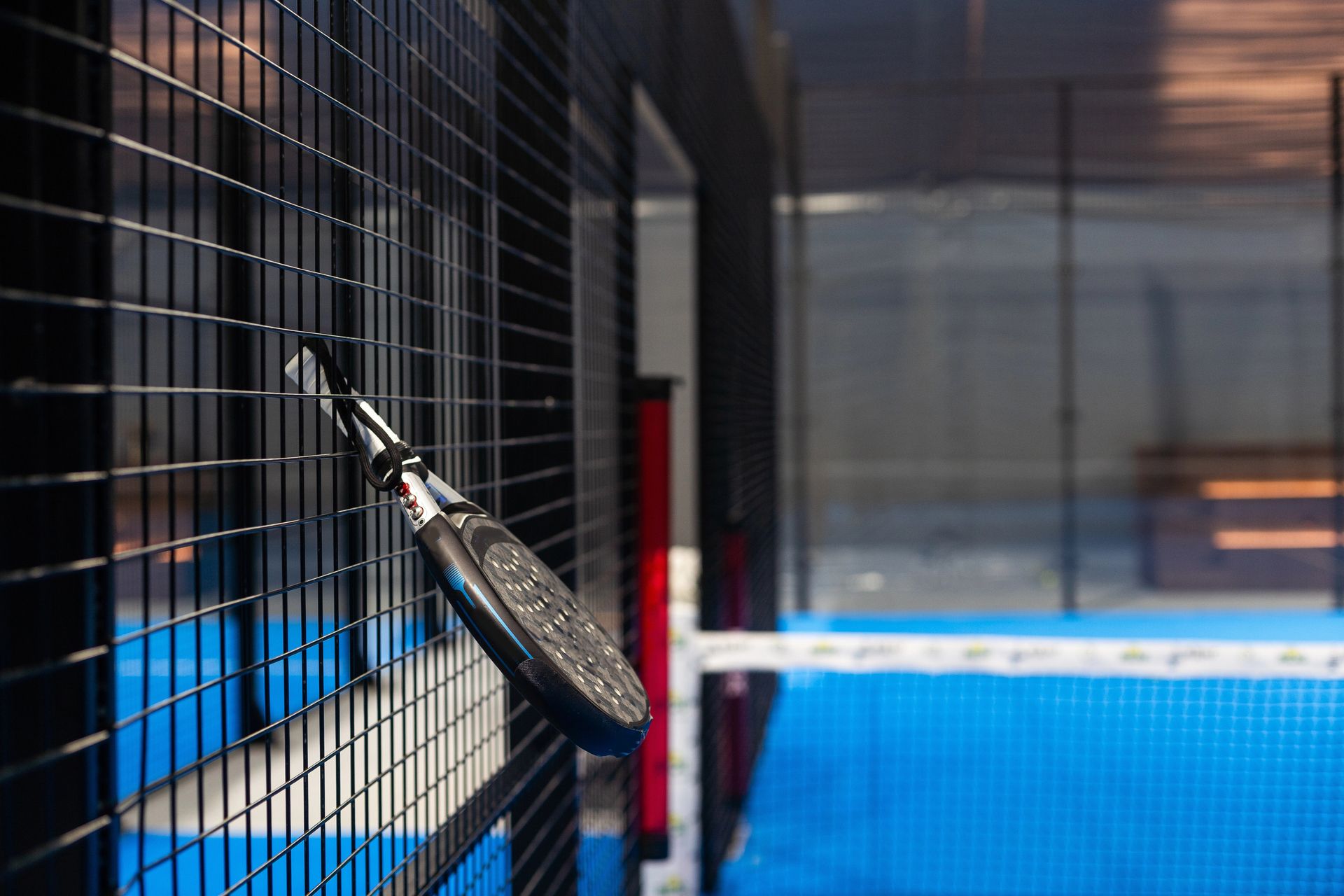- Padel Business Magazine
- Posts
- Patricio Misitrano: How indoor and hybrid venues are changing the game for US padel
Patricio Misitrano: How indoor and hybrid venues are changing the game for US padel
Padel evolution: Two trends stand out in the US – more clubs are going indoors, and more of them are mixing padel with pickleball.
With new research indicating 39.1% of all US padel courts are now indoors, and 36.7% of padel clubs now also offer pickleball, the State of Padel in the US Report has outlined two key trends which appear to be shaping the future of the US padel sector. Here, the report’s author – Patricio Misitrano, founder of Misitrano Consulting and CEO of Racket Social Club – breaks down the key findings and looks at some of the keys to success for padel facilities across the country.
If you’ve been paying attention to padel’s growth in the US, two trends stand out right now: more clubs are going indoors, and more of them are mixing padel with pickleball. Together, these shifts are reshaping how facilities look, how players experience the sport, and how the business model works.

Patricio Misitrano, founder of Misitrano Consulting and CEO of Racket Social Club. Image credit: Misitrano Consulting.
Indoor boom
Here’s a stat worth pausing on: 39.1% of all US padel courts are now indoors. That’s a huge jump compared to just a few years ago. Why?
Weather proofing. In places like Chicago or New York, outdoor padel is a gamble. Rain, cold, or wind can wipe out entire weeks of revenue. Indoors gives clubs reliability, and players know their booking won’t get cancelled.
Heat protection. It’s not just cold climates driving the shift. Cities like Houston and Miami deal with brutal summers where outdoor play can be unsafe during peak hours. Indoors means air conditioning, hydration stations, and comfortable conditions that keep members playing year-round.
Real estate opportunity. Empty warehouses, old retail stores, and flex industrial spaces are being reborn as padel hubs. They’ve got the ceiling height, parking, and utilities already in place.
Better experience. Indoors, the lighting is consistent, no wind messes with your lobs, and maintenance headaches are way smaller. Members notice, and so do coaches running programmes.
In short, indoor padel is not just about comfort, it’s about reliable revenue.

Of all US padel courts, 39.1% are now indoors. Source: State of Padel in the US Report.
Hybrid venues
The other big story? Over a third of US padel clubs (36.7%) now also have pickleball courts.
And it’s not only padel clubs making the move – tennis and pickleball facilities are starting to add padel as well. Why? Because the sports complement each other.
Padel + Pickleball = A New Kind of Club
Pickleball draws in families, casual players, and corporate groups. Padel offers the ‘next challenge’ for those same players. When a facility offers both, everyone in the group can find something they like, and the venue captures the whole outing.
Done right, this combo creates a win-win:
Pickleball brings volume and accessibility.
Padel brings uniqueness and aspirational appeal.
The pro shop and food and beverage benefit because players spend more time at the club.
Of course, hybrids only work if they feel intentional. Clubs need smart scheduling (so the sports aren’t fighting for prime-time slots) and a layout that avoids bottlenecks around viewing areas or social zones.

Over a third of US padel clubs (36.7%) now also have pickleball courts. Source: State of Padel in the US Report.
What it all means for club design
For developers, the indoor/hybrid shift changes the playbook:
Ceiling height. Thirty feet is the gold standard for competitive padel, but many conversions end up with 24–25 feet. That’s workable for recreational play – most players won’t notice much day-to-day – but it’s not ideal for advanced matches or professional-level tournaments. Still, it can work if the club’s focus is community and recreational play.
Circulation. Spectators, juniors and social players all need space to gather without clogging walkways.
Premium amenities. Lounges, bathrooms and locker rooms are no longer optional – they’re expected. A clean, well-designed locker room experience signals professionalism and makes the club feel premium. Comfortable lounges encourage members to stay after play, which drives food and beverage sales and deepens the sense of community. Snack bars, coffee stations, and casual dining options add another layer of revenue while fuelling players between sessions.
Fitness and training zones. Increasingly, clubs are carving out exercise or functional training space. Whether it’s a small gym area with cardio and weights or a warm-up/stretching zone, these spaces extend the club’s value proposition and make memberships stickier.
Must-have amenities for modern racquet clubs
If you want your club to stand out and keep members coming back, here are the essentials:
Lounges & Social Spaces – Comfortable areas where members can hang out before and after play. This is where community happens.
Locker Rooms & Bathrooms – Clean, well-designed facilities set the tone for professionalism and make the experience feel premium.
Snack Bar or Café – Coffee, smoothies, light food, and grab-and-go options fuel players and drive extra revenue.
Exercise & Training Zones – Even a small fitness space for warm-ups, stretching, or strength training adds big value.
Pro Shop & Demo Area – Retail matters. Members want to test racquets, buy accessories, and pick up gear without leaving the club.
Spectator Viewing Areas – Parents, friends and fans need comfortable spots to watch and cheer without crowding the courts.
These features don’t just check boxes – they’re what transform a padel/pickleball facility from a place to play into a true community hub.

More suburban padel clubs in the US are expected to lean into the hybrid model to capture family and corporate demand. Image credit: Adobe Stock.
Programming indoors (and across sports)
Once you’ve got reliable indoor courts, the programming calendar can finally settle into a rhythm. Morning clinics, lunch-hour drop-in play, after-work leagues, and weekend socials become dependable instead of weather-dependent.
Hybrid clubs can layer in crossover events – like a Friday ‘Racquet’s Day’ where guests play both sports – to keep things fresh and get players trying something new. Membership models should reflect that too: base benefits across both sports, with add-ons for frequent players who want priority booking or league placement.
Some coaches love this model because it expands their pipeline. Some people start with pickleball and migrate to padel; others do the reverse. Either way, it means more lesson demand, more clinics, and more steady work for pros.
Membership models: Flexibility meets community
Most successful clubs today run on a hybrid membership model. That means they welcome both members and non-members.
Members enjoy lower court rates, priority booking, and access to leagues or clinics.
Non-members can still drop in, pay per play, or join events – keeping the club accessible and filling courts.
It’s a smart balance. The membership base provides steady recurring revenue, while non-member play helps grow awareness, fill off-peak hours, and convert new players into loyal members.
But here’s the real secret: players tend to stick with one club once they’ve found their community. People want to play where their friends are, where they know they’ll find partners of their level, and where the social vibe feels right. This is why the best clubs invest heavily in matchmaking, leagues and social mixers – it’s not just about filling courts, it’s about building loyalty through community.
Why investors are paying attention
For investors, the numbers tell the story. Indoor padel means utilisation rates are high and stable – every booked hour is a billable hour. Add pickleball, and you widen the funnel of potential members. Together, those factors make the business look less seasonal and more scalable.
We’re also seeing that new clubs are rarely opening with just one or two courts anymore. Developers aim for at least four padel courts, often paired with multiple pickleball courts. That density allows for leagues, social play and private lessons to happen simultaneously – all critical to driving revenue per square foot.

Padel’s next chapter in the US is about reliability. Image credit: Adobe Stock.
Looking ahead
Expect both trends to accelerate. More indoor conversions will open in non-Sun Belt markets, and more suburban clubs will lean into the hybrid model to capture family and corporate demand. Juniors will be a big focus – they stabilise schedules and lock in long-term members.
Technology will keep pushing the experience forward too. Smarter booking apps, yield management and even content capture (think livestreamed league finals) will add to the stickiness of membership. Indoors, with consistent lighting and surfaces, content production gets a whole lot easier – which sponsors and brands love.
Bottom line
Padel’s next chapter in the US is about reliability. Indoor courts solve both weather and heat problems, and they unlock steady revenues. Hybrid clubs expand the value proposition and keep everyone – from casual pickleballers to aspiring padel competitors – engaged.
The facilities that get this right won’t just be sports venues; they’ll be social hubs and community anchors. And as the numbers show, they’ll be the ones leading the market forward.
To access the State of Padel in the US Report, visit: State of Padel in the U.S. 2025 Report — Market Insights & Data<br/> — Misitrano Consulting
Not yet a PBM subscriber? Sign up here for exclusive insights into the padel industry, delivered directly to your inbox
For more insight and discussion, follow us on LinkedIn and join the conversation